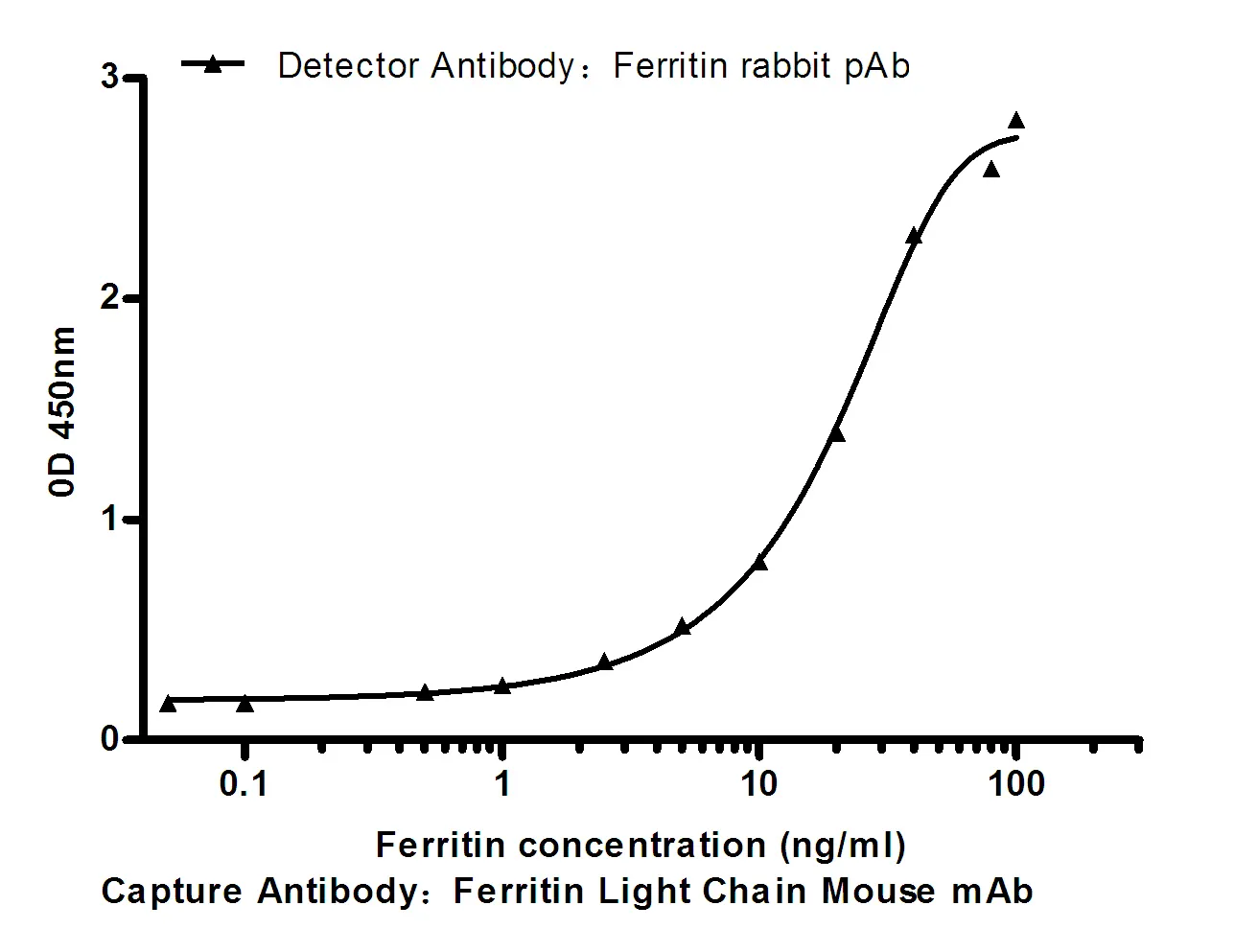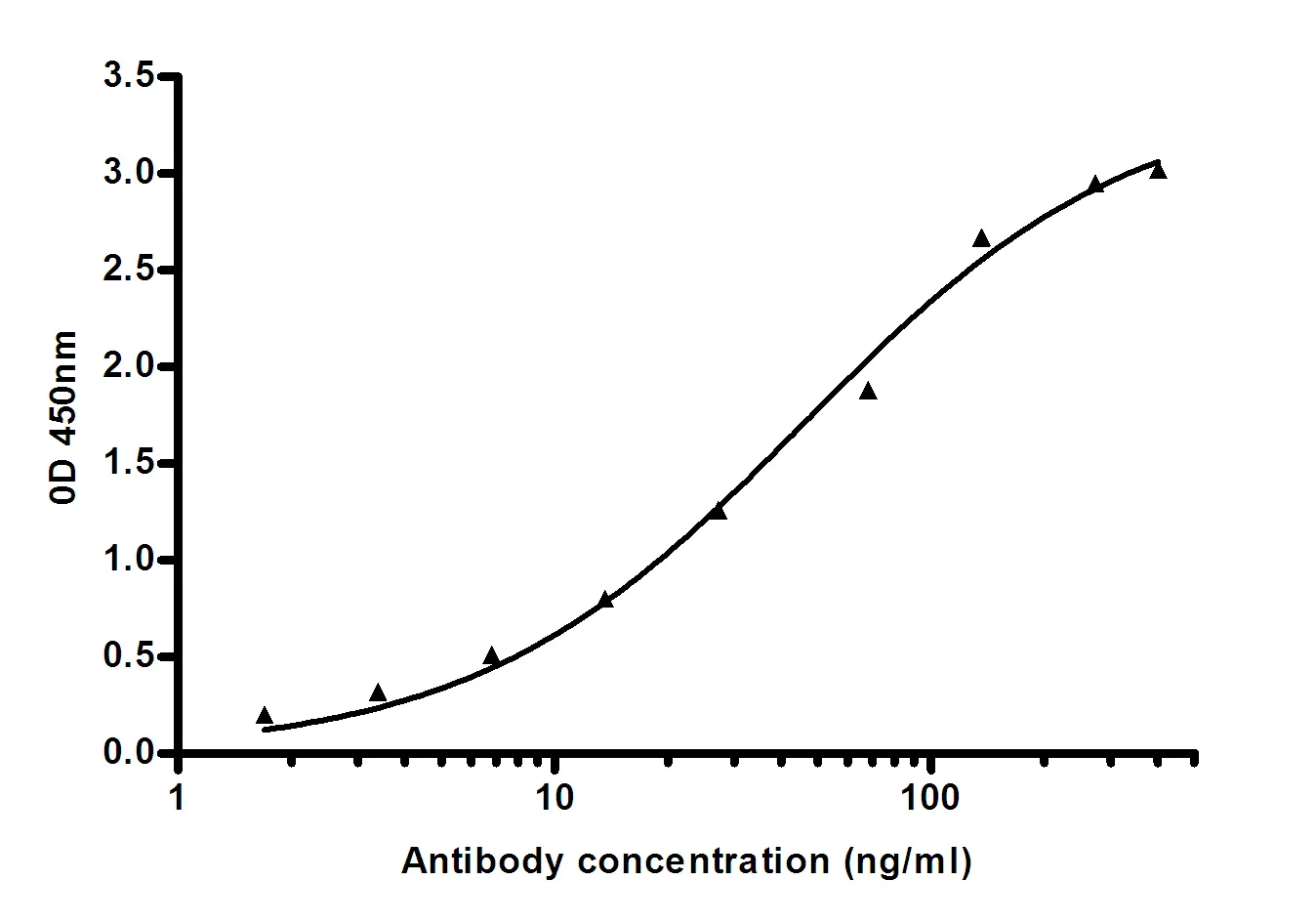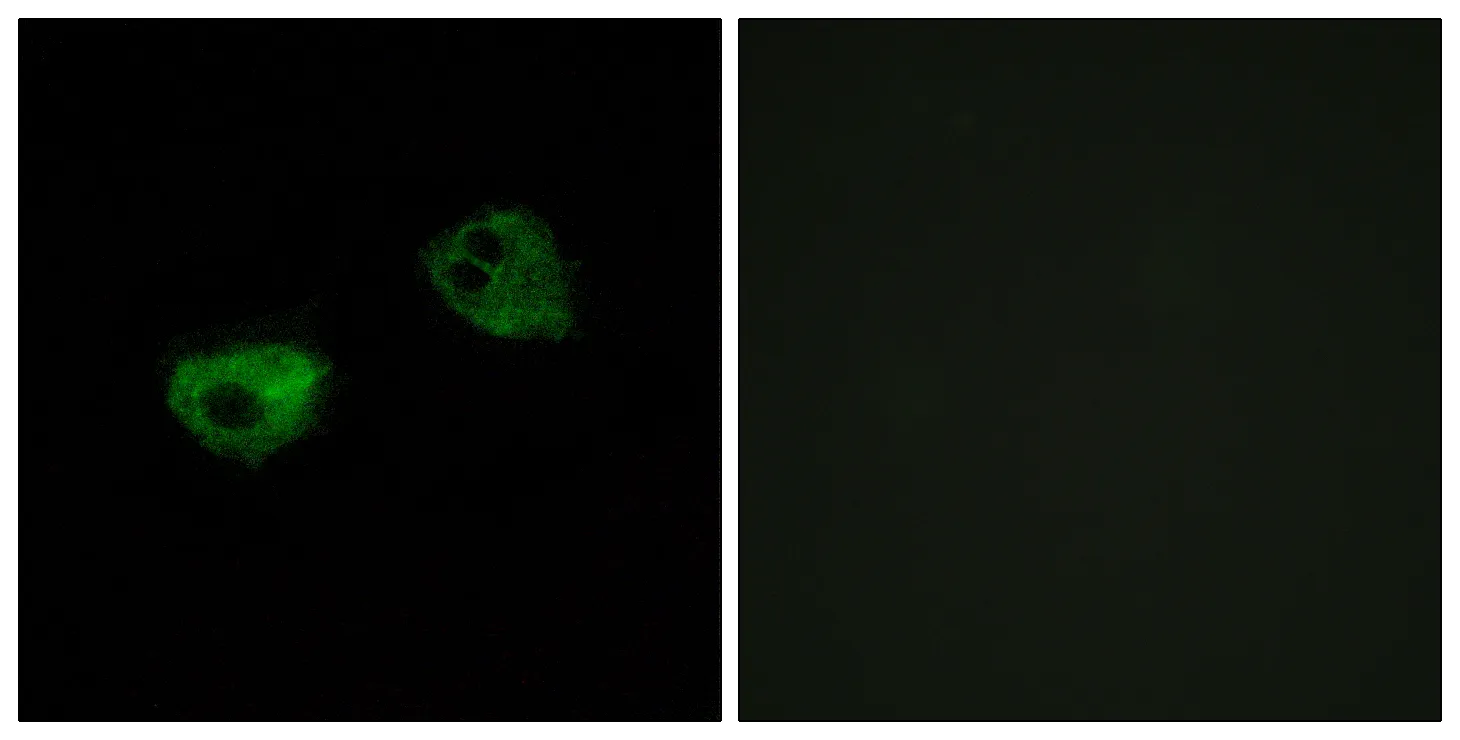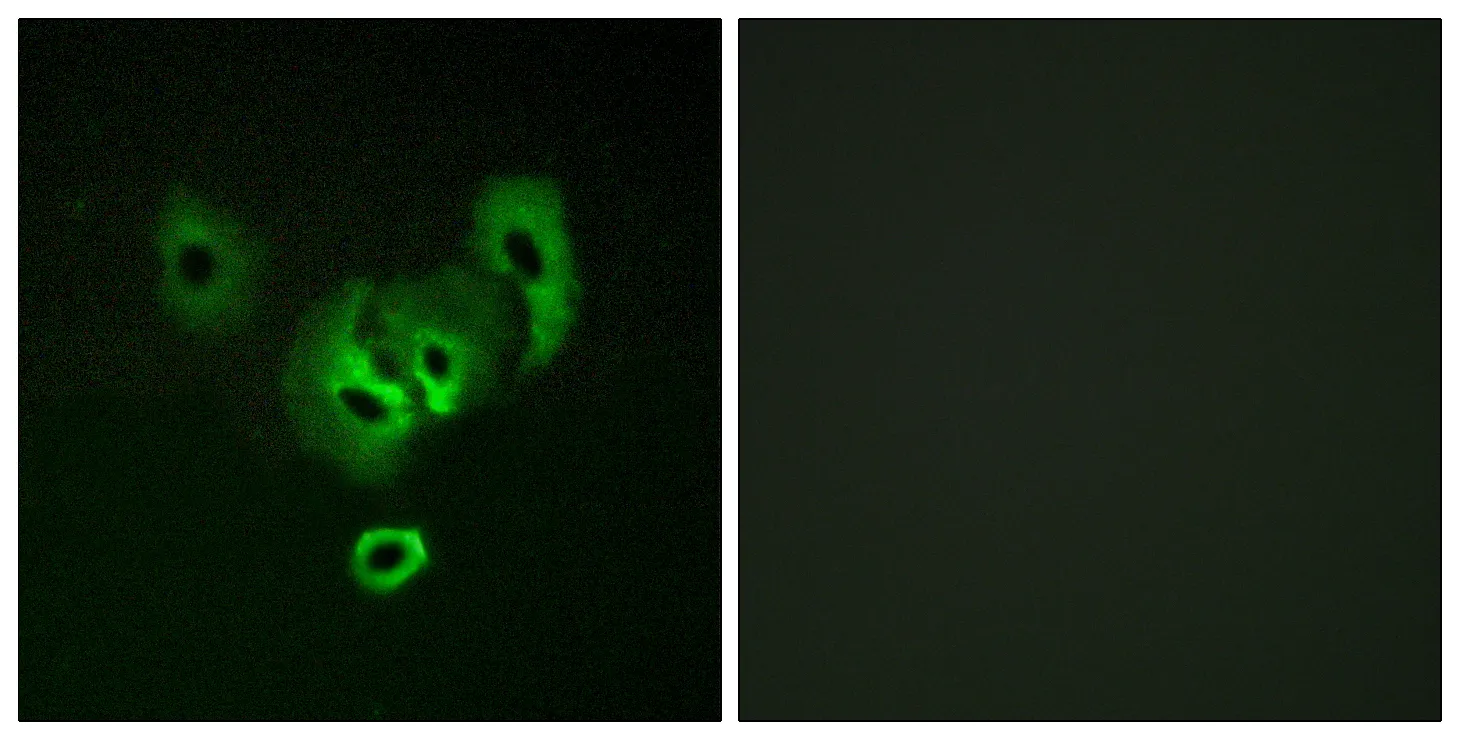Summary
Performance
Immunogen
Application
Background
This gene encodes a G protein-coupled receptor (GPR) which belongs to the rhodopsin family of GPRs. The encoded protein functions as a receptor for free fatty acids, including omega-3, and participates in suppressing anti-inflammatory responses and insulin sensitizing. Multiple transcript variants encoding different isoforms have been found for this gene. [provided by RefSeq, Feb 2012],function:Receptor for unsaturated long-chain free fatty acid (FAA). Binding of the ligand promotes the secretion of glucagon-like peptide-1 from the gastro-intestinal tract.,similarity:Belongs to the G-protein coupled receptor 1 family.,tissue specificity:Abundant expression in the intestinal tract.,
Research Area




